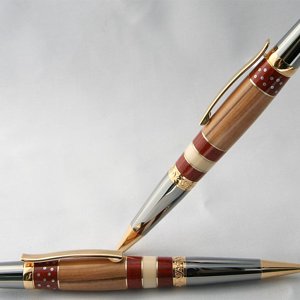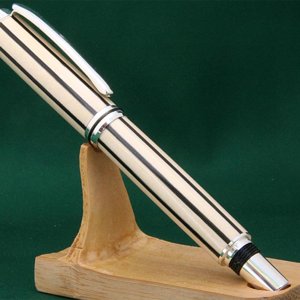Painfullyslow
Member
I apologize if this is a silly question. I did a quick search but wasn't able to find an answer.
I have recently started with making segmented blanks and discovered that if I sand on the lathe, the dust from the aluminum segment bleeds into the surrounding material which looks, well, crappy.
I got around it by taking it down a hair more with a skew but the finish isn't as nice as I would like and then had to be really careful about sanding the surrounding parts of the blank.
So I guess the question is: is there some way around this issue, or do I just need to learn to use my skew better to end up with a better result?
I have recently started with making segmented blanks and discovered that if I sand on the lathe, the dust from the aluminum segment bleeds into the surrounding material which looks, well, crappy.
I got around it by taking it down a hair more with a skew but the finish isn't as nice as I would like and then had to be really careful about sanding the surrounding parts of the blank.
So I guess the question is: is there some way around this issue, or do I just need to learn to use my skew better to end up with a better result?


